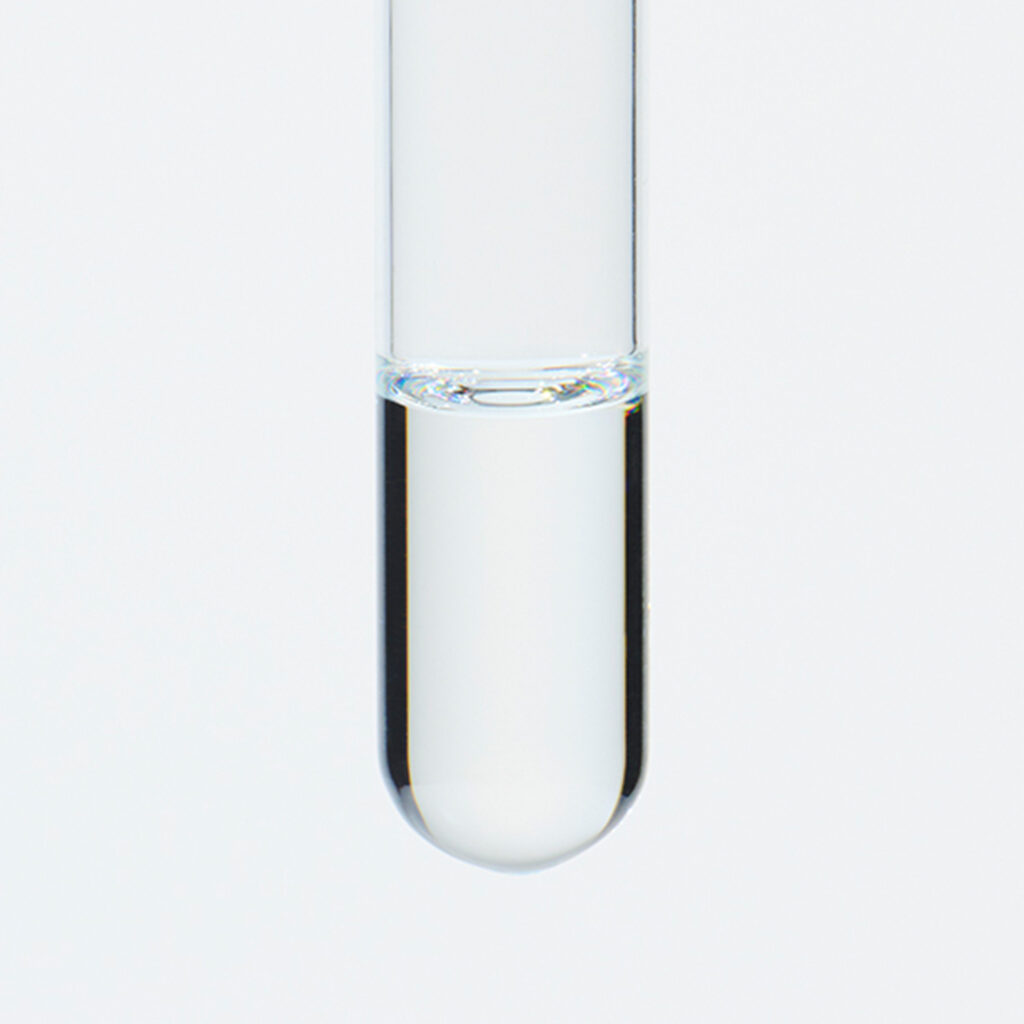About 0.5% of essential oil is extracted from Pine leaves through steam distillation and exhibits a colorless to pale yellow color. Its primary constituents are α-pinene and β-pinene, renowned for their relaxing properties. The aroma is described as green, clean, and refreshing, with subtle hints of sourness and resinous undertones. The delightful fragrance evokes images of wandering through a pine forest, surrounded by the invigorating scent of pine needles. With a harmonious blend of woody and herbal qualities, it pairs seamlessly with either of these aromatic notes. Pine essential oil also complements herbal oils like Citrus and Rosemary, as well as sweet oils such as Geranium and Lavender. Due to its relatively mild fragrance, it is advisable to add a bit more of this essential oil to maintain a well-balanced aroma blend.





